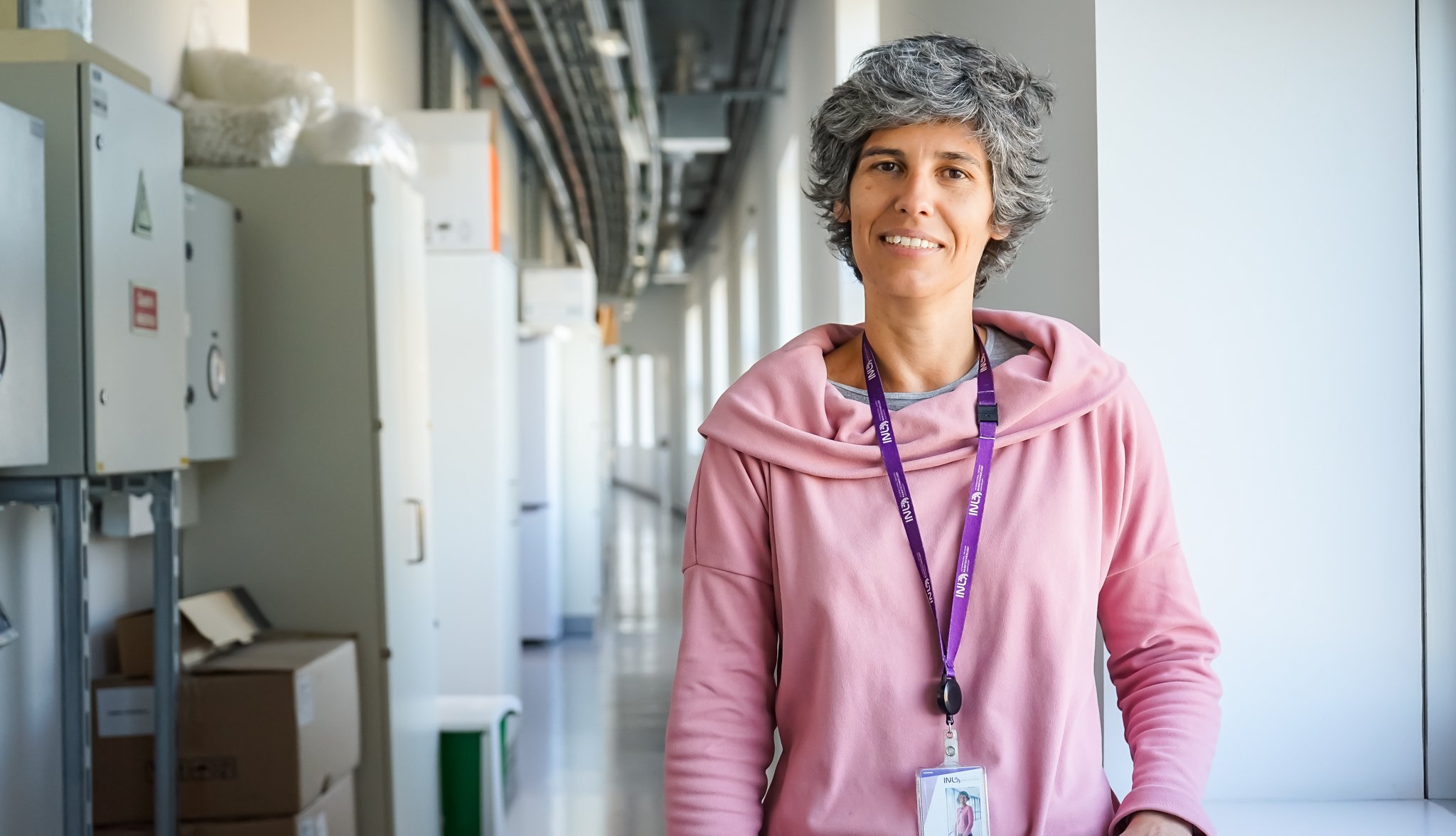Ana Ribeiro, building a path in Nanosafety
We will shine a spotlight on women in STEM with this new interview series with Women working in/with Science at INL - International Iberian Nanotechnology Laboratory. It is important to celebrate the amazing contributions women make to science.
Today you can meet Ana Ribeiro, a Staff Researcher of the Nanosafety Research Group, working on the development of 3D cell culture models and organ-on-a-chip systems for the safety assessment of nanomaterials. Her research is also focused on the influence of nanomaterials on cell communication and possible systemic consequences to humans.
Could you take us through your professional life and the different roles you have played throughout your career?
I have a graduation in Materials Science and Engineering, a Master's in Processing and Characterization of Materials and a PhD in Biomedical Sciences. Fascinated with biomimetics, I decided to develop my PhD on marine dynamic extracellular matrices involved in tissue regeneration. To apply my knowledge in clinical applications, I decided to do a Postdoc at a dentistry university in Brazil, focusing on the cytocompatibility of multifunctional surfaces for implant applications.
The potential hazard of nanoparticles released from cosmetics and medical devices (dental implants and hip prostheses) to human health was my main concern when I started a research position at the National Institute of Metrology Quality and Technology.
With my career goals in mind, I created a multidisciplinary team working in bone and skin nanotoxicology and achieved scientific and economic independence. In my last two years in Brazil, I was hired as an Assistant Professor and had the incredible experience of teaching post-graduation programs in biotechnology and translational medicine. In 2018, I returned to my home country and upon a short experience at the University of Minho I was hired as a Staff Researcher at INL - International Iberian Nanotechnology Laboratory to work in Nanosafety and within the SINFONIA project. I am focussing on the development of skin-on-chip models that can be employed to test new cosmetic nano-formulations.
Safety: an opportunity, not an obstacle, for nanotechnology. Would you like to comment?
Nanotechnology as a key enabling technology offers amazing potential for society but may also bring some new threats. Engineered Nanomaterials (ENMs) based on high-tech components thousands of times smaller than the width of a human hair are part of our lives.
The human body is daily exposed to ENMs through contact with cosmetics, nanotextiles, electronics, paints, and automobiles among others. ENMs advances are overwhelmingly beneficial however the main concern is that these ENMs are too small with an improved ability to cross biological barriers possibly giving rise to harmful effects. Some ENMs have been demonstrated to be harmful to the lungs and the cardiovascular system. To reduce concerns, we need to be able to predict the risks of existing ENMs but also adopt safety-by-design thinking on new ENMs-based products that are under development.
Safety must be a key feature of all ENMs and nanotechnologies, and the industry should see this as an opportunity and not as a barrier.
What advice would you give to young female scientists who are considering a career in science?
Don’t give up on your dreams if they pass through the science carrier path. Dream big, be resilient and follow your heart.



